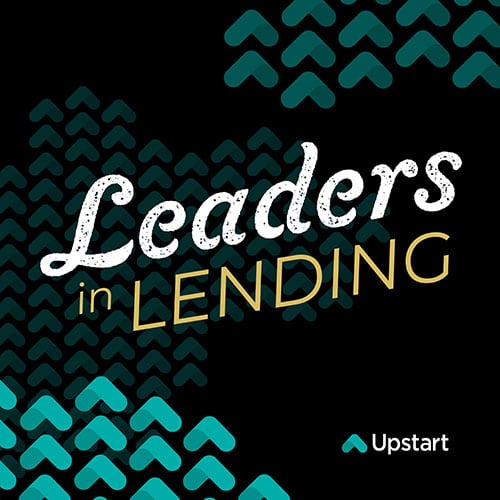2022 was a strong year for the industry despite the upward trajectory of interest rates, and homeowners are continuing to leverage home equity.
Still, the industry remains in flux — with regulatory developments, consumer sentiment, and tech advancements shaping the scope of best practices.
Mike Shepard, Senior VP - Head of Consumer Lending Partnerships at U.S. Bank leverages his years of experience in the industry — as well as his role as chair of the Home Equity Lending Committee — and provides insights for lenders and consumers.
The main challenges of today’s home equity lending market
As we look at 2023 and move into early 2024, we see higher rates than in 2022, leaving consumers with the perceptual challenge of weighing the risk and reward factors of the home equity lending market.
“What we’re also seeing is a significant change and reduction in attrition because people would have historically — they had an existing home equity account, they may have paid that off as they refinance their first mortgage,” Shepard said. “And that refinance activity has slowed, which has been providing some relief and benefit on the home equity balance side."
As a result, while originations may be slowing, balances are starting to hold their own due to decreased attrition.
Further, consumers who used a cash refi are looking to home equity for ways to facilitate how they extract equity from their homes.
“Banks are still very sound in their credit guidelines,” Shepard said. “Certainly your determination of credit, your ability to repay, as well as the collateral evaluations that we'll have to do when making a decision on offering that loan all play a part.”
Home equity is still a prime space, but, as Shepard’s committee recently discussed, there are still challenges and changes on the horizon.
How consumer behavior is shifting with the market
There are two main categories consumers continue to invest in regarding home equity:
- Home Improvement
- Debt consolidation
“There's an increasing mix towards debt consolidation versus home improvement, but the overwhelming intended use is still on home improvement,” Shepard said. “We're all still optimistic about the future because consumers are locked into very low first mortgage rates.”
As consumers start thinking about upgrading their house, they may use the equity they have in their home to upgrade it, versus moving to another home in their neighborhood or another part of the city — that way, they keep their 3%-4% mortgage rate from their first mortgage.
“Between all the tappable equity that consumers have, and then very low mortgage rates, that does create a compelling opportunity for an asset class like home equity,” Shepard said.
Another aspect of today's home equity market comes in the shape of ADUs — Accessory Dwelling Units — where consumers may add a standalone unit on their property or an addition above a garage, which can then be used as a rental or housing for an aging parent.
Holding onto property and investing in it over time seems to be a more and more preferable strategy than jumping from house to house for upgrades.
Why collaboration improves the consumer experience across home equity
Collaboration in the home equity industry supports a more relevant and applicable experience for consumers — when the data is consistently analyzed, consumers are more likely to get the service they need.
“One of our [Home Equity Lending Committees] sessions yesterday was this debate and discussion about unsecured versus home equity — where does it begin? Where does it end? You always want to be thinking about what is in the best interest of the consumer first,” Shepard said. “And it's not just always about price, it's about convenience, simplicity, and cost. Each product has different pros and cons.”
The more different entities are in sync, the more they’re able to provide consumers with the right solution for them.
Though unsecured and home equity have sometimes been competitors, they also complement one another when properly leveraged and, together, can create a beneficial environment for consumers — which, at the end of the day, is the main goal of these services.
Stay tuned for new episodes biweekly on the Leaders in Lending Podcast.







